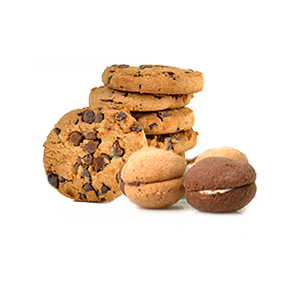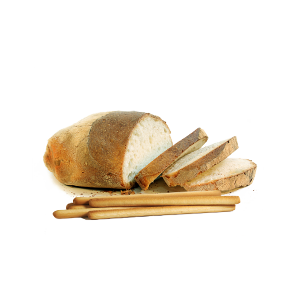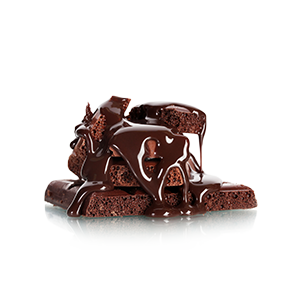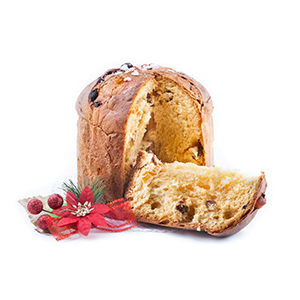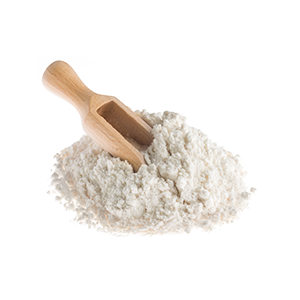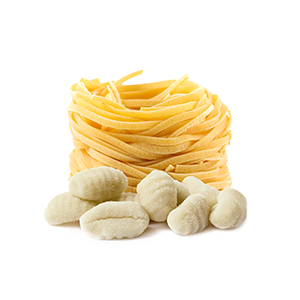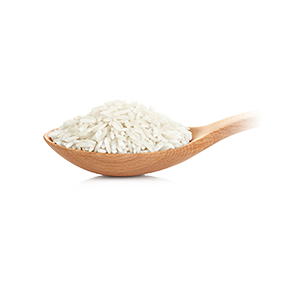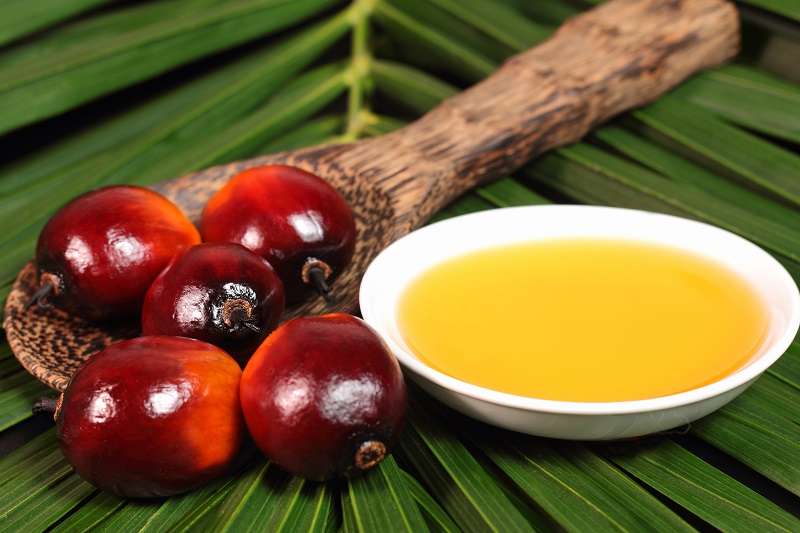Palm oil: why is thought to be harmful?
For years, the controversy has been raging over the harmful effects of palm oil, contained in various food products. But specifically, what is palm oil bad for? To answer this question, let’s start, first of all, by clarifying what palm oil is.
Palm oil is a vegetable fat obtained by squeezing the fruit of the oil palm tree. It is the only oil able to withstand time without becoming rancid.
However, numerous studies have shown that the habitual and/or excessive consumption of palm oil would tend to significantly increase the concentration of fats in the blood, from triglycerides to cholesterol, thus raising the mortality rate from cardiovascular diseases.
Palm oil: why is it used commercially?
Palm oil is widely used commercially in the preparation of confectionery products, such as biscuits and creams, but also in cosmetics, in products for cleaning and in personal care products (creams, shampoos, soaps).
Let’s find out why palm oil is so widely used:
- it is cheaper than other vegetable oils;
- it guarantees a longer shelf life of products;
- It keeps food soft and fresh, as it withstands temperatures and reeking;
- It contains saturated fats that give texture and consistency to creams and baked goods;
- it is tasteless and, therefore, does not alter the taste of food.
Foods without palm oil: the tasty proposals of Le Celizie
So, whoever wants to indulge in a small sin of gluttony, perhaps munching a biscuit for breakfast or a snack, what can he/she eat? Le Celizie offers palm oil free products, so you can eat genuinely without compromising on taste. An example? Try the mix of whipped shortcrust biscuits: a combination of traditional Italian dry pastries, perfect for anyone who craves a gluten free baked product, without GMOs, lactose free and, of course, palm oil free!




